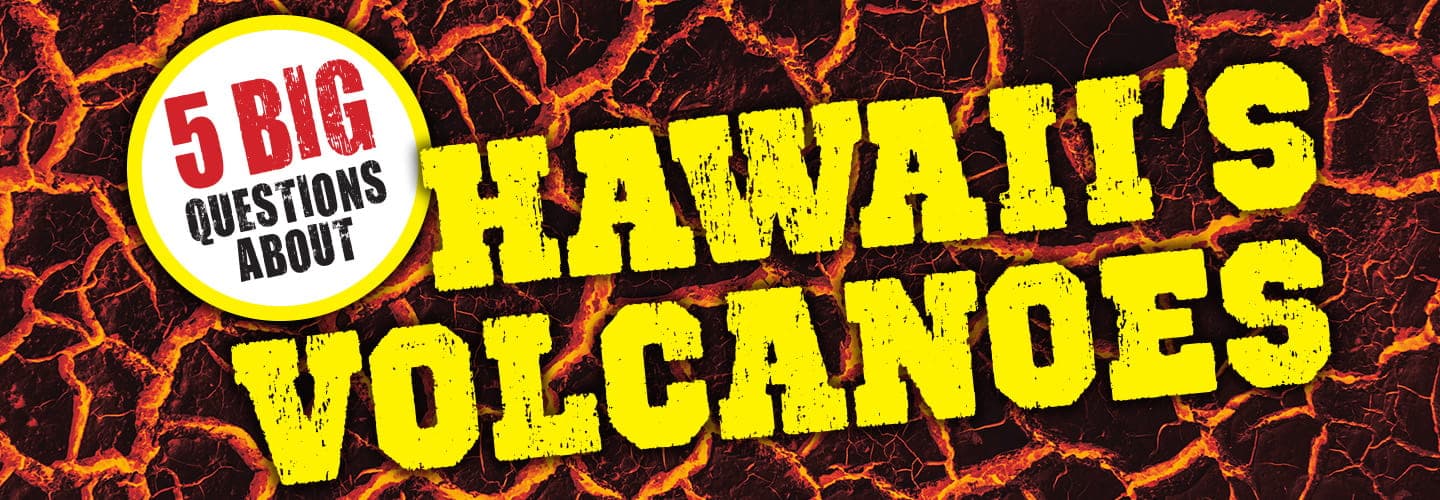On November 27, lava began spewing like a fountain from the volcano on what is known as the Big Island of Hawaii. The fiery liquid shot up to 200 feet into the air, giving the sky an eerie red glow. For about two weeks, streams of lava as hot as 2,000 degrees Fahrenheit oozed down the volcano’s northeast side.
The world’s biggest active volcano, Mauna Loa covers more than half of the Big Island. It has erupted 34 times since 1843. The most recent was in 1984, though there’s been a lot of volcanic activity on the island since then. The nearby Kilauea (kee-lah-WAY-ah) volcano has erupted on and off for decades.
On November 27, lava began spewing like a fountain from the volcano. It is on what is known as the Big Island of Hawaii. The fiery liquid shot up to 200 feet into the air. This gave the sky an eerie red glow. For about two weeks, streams of lava oozed down the volcano’s northeast side. The lava was as hot as 2,000 degrees Fahrenheit.
Mauna Loa is the world’s biggest active volcano. It covers more than half of the Big Island. It has erupted 34 times since 1843. The most recent event was in 1984. But there’s been a lot of volcanic activity on the island since then. The nearby Kilauea (kee-lah-WAY-ah) volcano has erupted on and off for decades.

